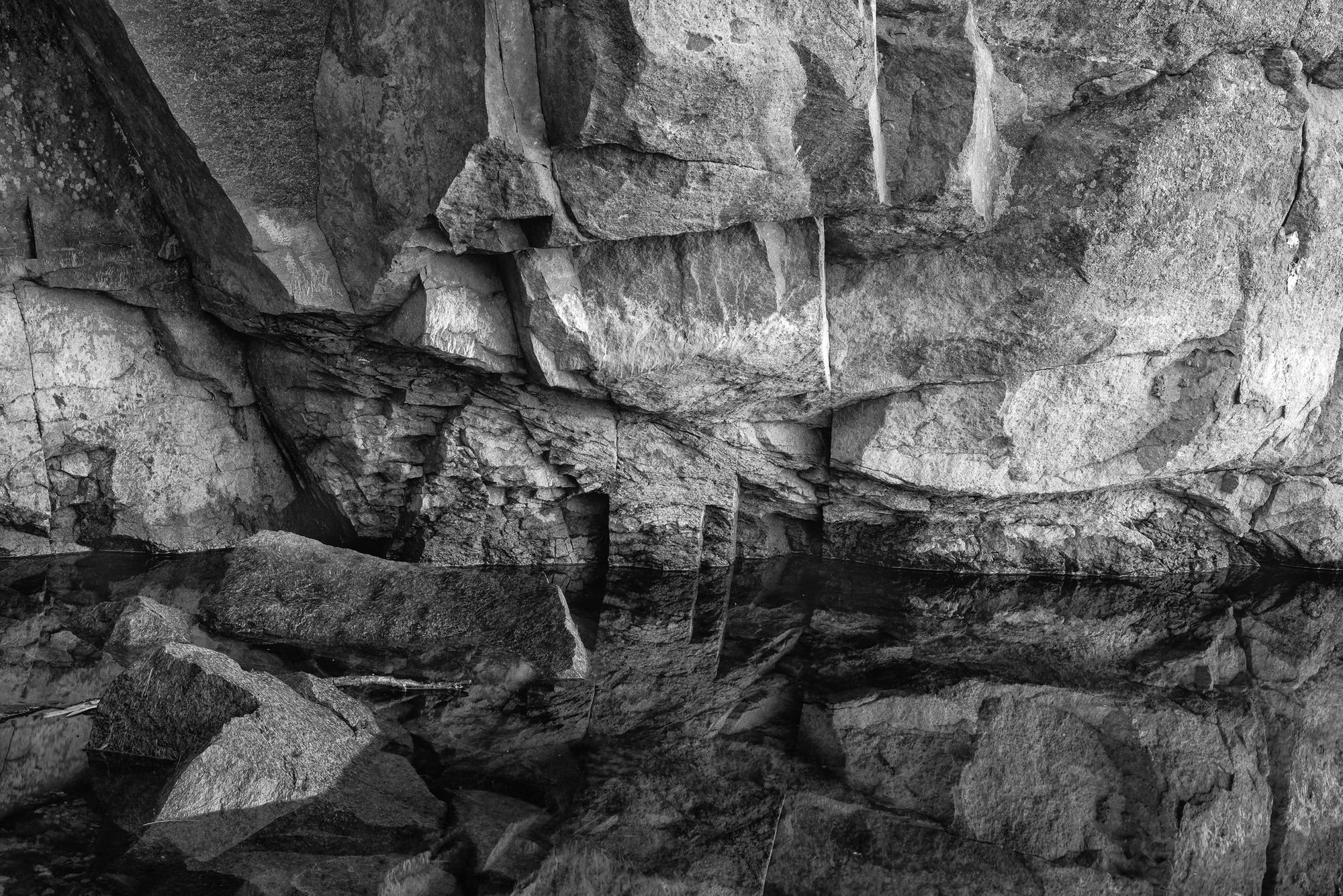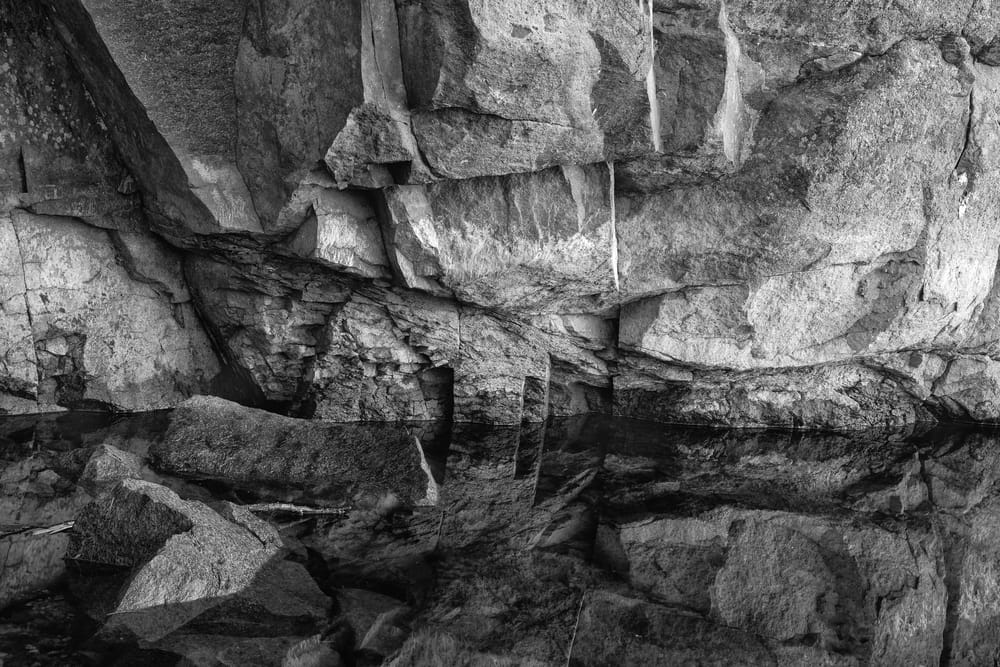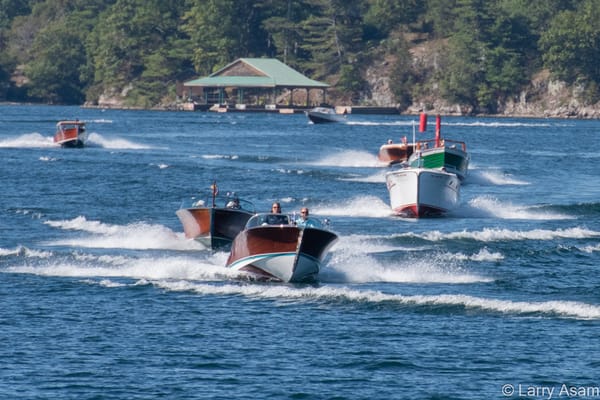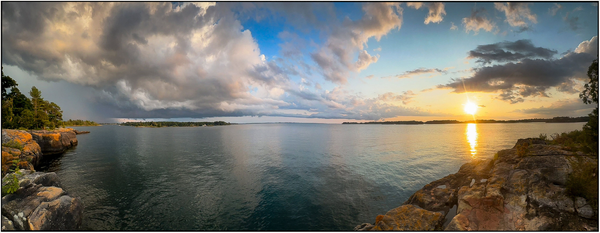Depth of Field: The Story Behind the Image: “Granite Reflection”
by: Chris Murray
"To most people, I am sure, the beauty of nature means such features as the flowers of spring, autumn foliage, mountain landscapes, and other similar aspects. That they are beautiful is indisputable. Yet, how much is missed if we have eyes only for the bright colors." ~ Eliot Porter

Ever since childhood, I have been drawn to the rocks of the Thousand Islands, in particular the pink granite that comprises much of the region. Without a doubt, it is one of the most iconic natural subjects of the islands. I suppose it’s no surprise then that I became a geologist, although these days my interest in it is from an artistic standpoint. Aside from color, it is rich in many of the visual elements of art.
Of all the visual elements (color, line, shape, form, texture) I have always found form to be the hardest to capture well in a photograph. This is because form is so very dependent on the right type of light. Form is the three-dimensional equivalent of shape in art, it includes height, width, AND depth, which is difficult to render in the two-dimensional world of photography.
One early morning last spring I came upon this small rock face, while exploring the many coves and bays of Wellesley Island. I was intrigued by the blocky form of the rock, created by the vertical fractures and its mirror-like reflection in the still water. The sun was getting ready to break the horizon to my right, providing the necessary side lighting to reveal the cubic form of the rock. The lighting also resulted in an interesting variation in tonality (brightness) across the scene. Not wanting the details to be lost in shadows and highlights, I tripped the shutter just before the sun peaked over the horizon. As is often the case I knew I wanted the final image to be in black-and-white, thus creating an almost abstract study in light and form.
This photo brought to mind the quote by Eliot Porter at the head of this article. Many people claim to love the Islands and I believe they do, and yet I wonder how many of them really take the time to observe and appreciate the beauty of this magnificent area in all its forms, beyond just the sunsets.
By Chris Murray
Chris Murray is a full-time photographer, instructor, and writer. His work has appeared in several magazines, including Popular Photography, "Shutterbug", "Adirondack Life", "Life in the Finger Lakes", and "New York State Conservationist", among others. Chris teaches classes at the Thousand Islands Arts Center in Clayton and at Jefferson Community College. He is a staff instructor with the Adirondack Photography Institute. API’s 2019 workshop schedule is now available at www.adkpi.org. For more of Chris’ work visit www.chrismurrayphotography.com.






Please click here if you are unable to post your comment.